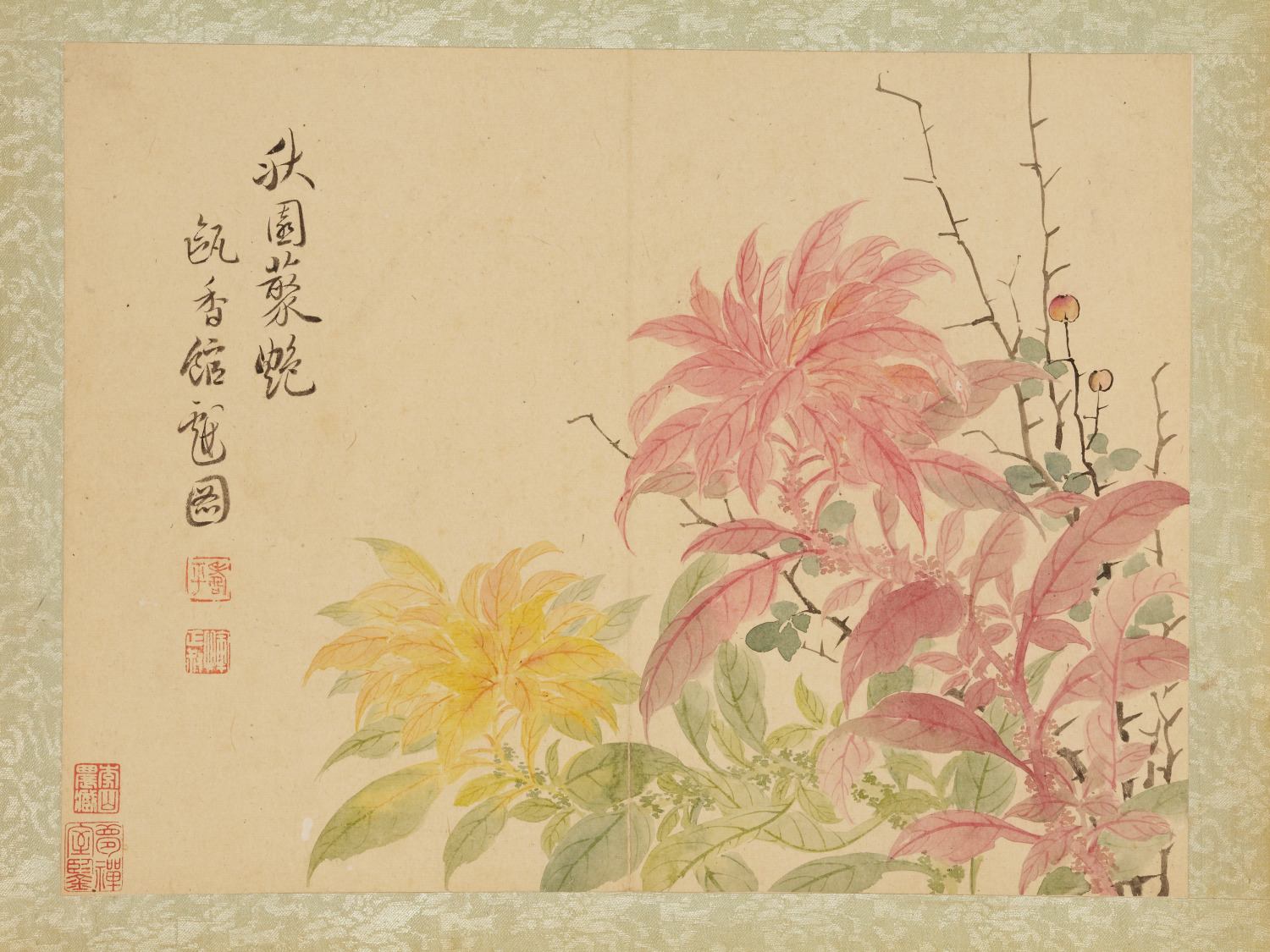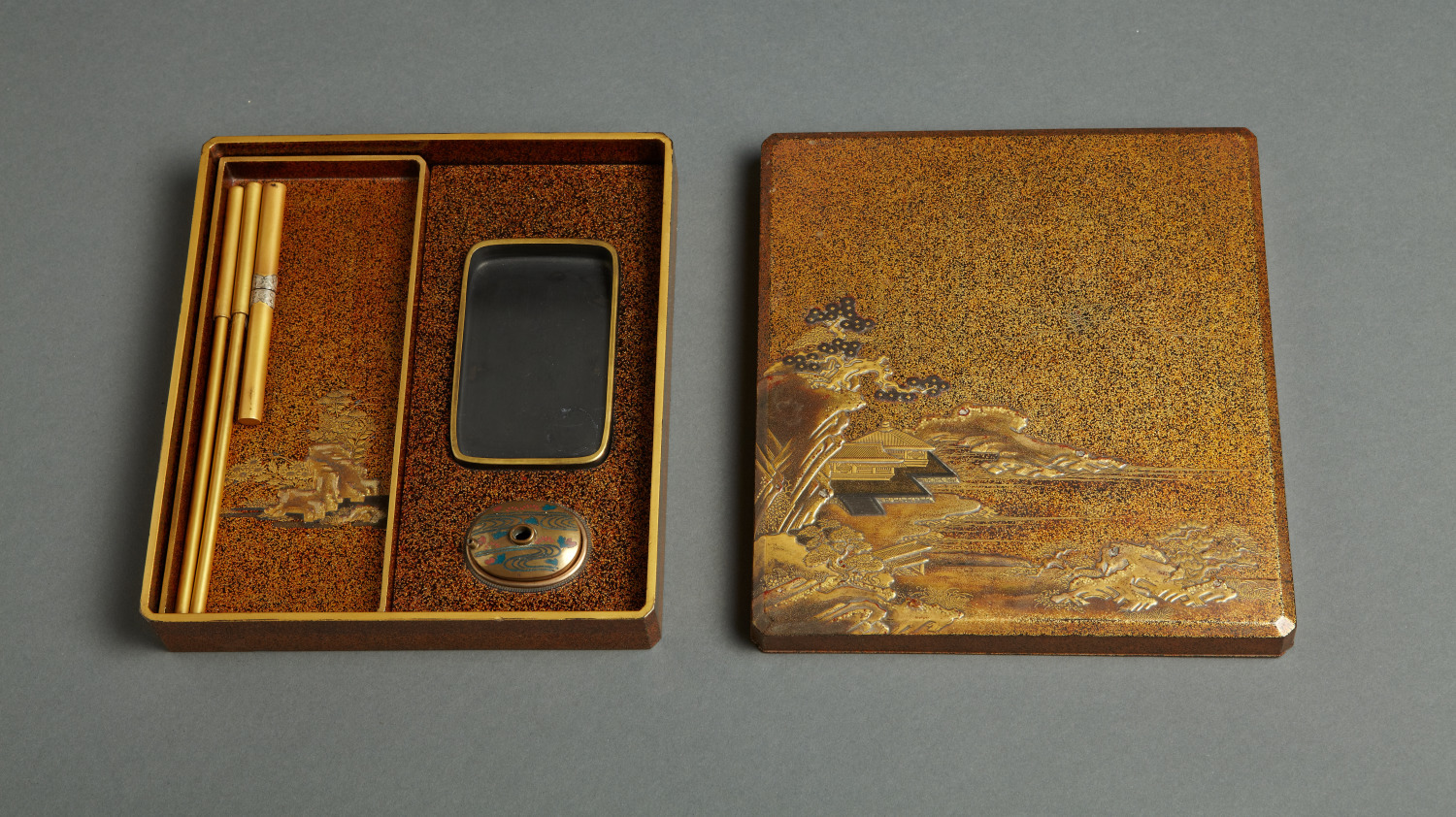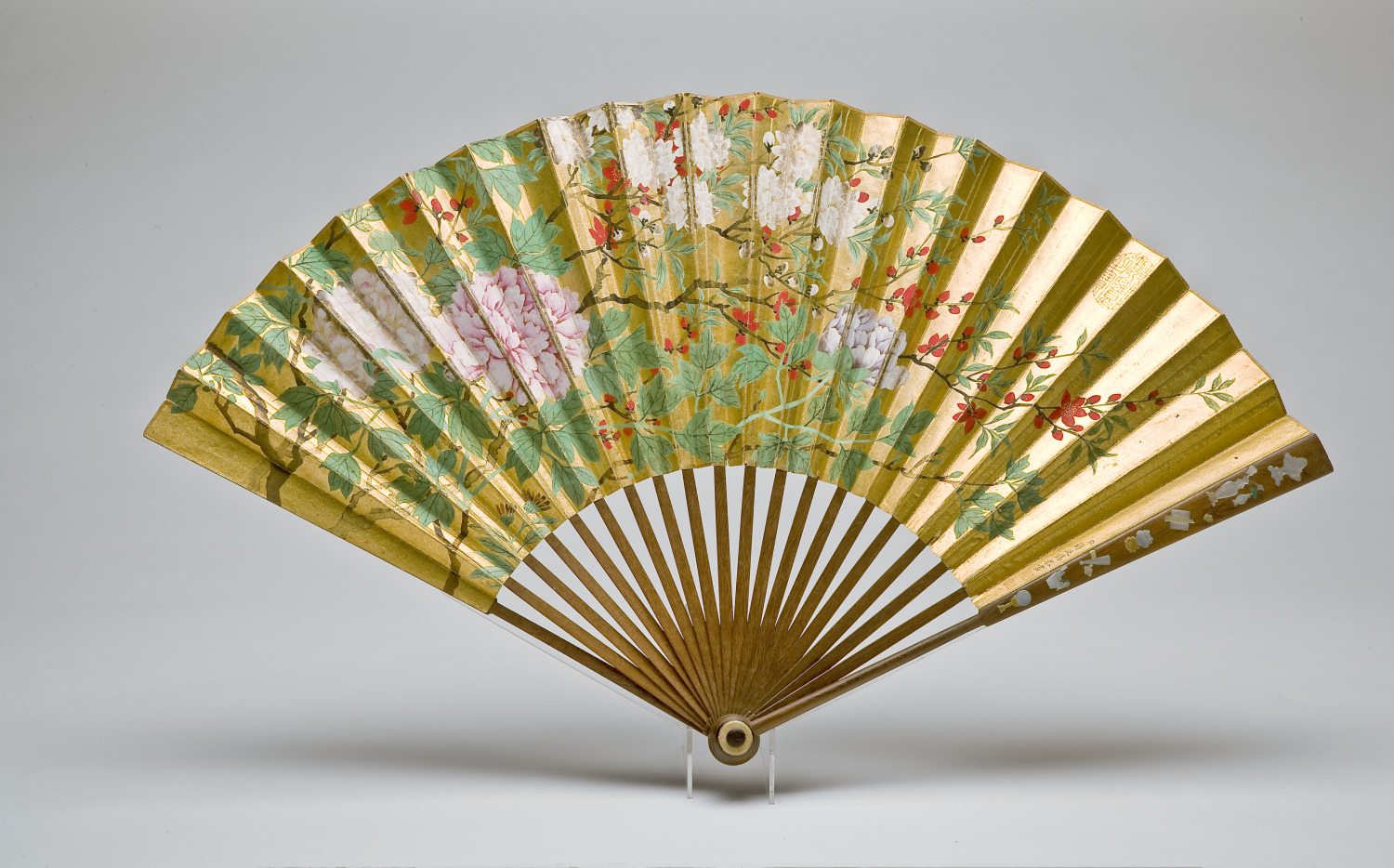The Collection: Art of Asia is organized by Phoenix Art Museum. Nature as Still Life in Chinese Painting is made possible through the generosity of the Papp Family Foundation. Scenes and Seasons in Japanese Art is made possible through the generosity of the Papp Family Foundation. All exhibitions at Phoenix Art Museum are underwritten by the Phoenix Art Museum Exhibition Excellence Fund, founded by The Opatrny Family Foundation, with additional major support provided by Joan Cremin.
ABOUT THE INSTALLATIONS
PhxArt’s Art of Asia collection is home to the Museum’s oldest objects, with a range of works that span 1,000 years and represent India, Pakistan, Iran, Nepal, Tibet, China, Korea, Japan, Vietnam, Thailand, Burma, Indonesia, and Java. Through two special installations, examine Japanese and Chinese works of art that uncover the delicate yet epic beauty of the natural world.

Image credit: Yun Shouping, Album of Flowers, Bamboo, Fruits and Vegetables, not dated. Ink and color on paper. Gift of Marilyn and Roy Papp.
SCENES AND SEASONS IN JAPANESE ART
The beauty of the changing seasons has long been a theme in Japanese art. Two series of featured paintings, one from antiquity and one from modernity, depict the festivals that mark the celebration of seasonal changes. Lacquer artworks feature motifs of birds and flowers, with cherry blossoms representing spring, colorful leaves symbolizing autumn, and snowy landscapes depicting winter. Other scenes, such as gazing at the moon, writing poetry, dancing, and visiting historic places, all have seasonal associations in Japanese culture.
IMAGE CREDIT
Unknown, Writing box (suzuribako), Edo period, 18th-early 19th century. Lacquer, wood and metal with decoration. Gift of Mr. Loren Neal, in memory of Ben Neal, Jr.
NATURE AS STILL LIFE IN CHINESE PAINTING
Featuring gifts from the Papp Family Foundation, this exhibition presents examples of the artistic study of nature’s microcosm, a practice that spans centuries. Such works reflect the traditional Chinese appreciation for nature down to the smallest details, a practice based on the indigenous philosophy of Daoism, which views humankind as subservient to and in reverence of the perfect and imperfect beauty of the natural world.
IMAGE CREDIT
Jiang Tingxi, Peonies, Morning Glories, Cherries, and Chinese Cotton (Peonías, Glorias de la mañana, Cerezas y Algodón chino), late 17th-early 18th century. Ink and color on gold paper, mounted as fan on original staves inlaid with mother-of-pearl. Gift of Marilyn and Roy Papp in Honor of the Museum’s 50th Anniversary.
EXHIBITION SPONSORS
RESOURCES
PRESS INFORMATION
Media Images and Credit Lines
Scenes and Seasons Nature as Still Life in Chinese PaintingFeaturing more than 20,000 objects, the collection spans the globe, bringing the world to our city, and our city to the world.
Discover a world of programs, workshops, and more, and experience your museum in a whole new way.
EXHIBITIONS
On view for a limited time, exhibitions present art from across the centuries and the globe, from iconic fashion to Old Master paintings, contemporary photography to historical objects of Asia.
MORECOLLECTIONS
Featuring more than 20,000 objects, the collection spans the globe, bringing the world to our city, and our city to the world.
MORE




